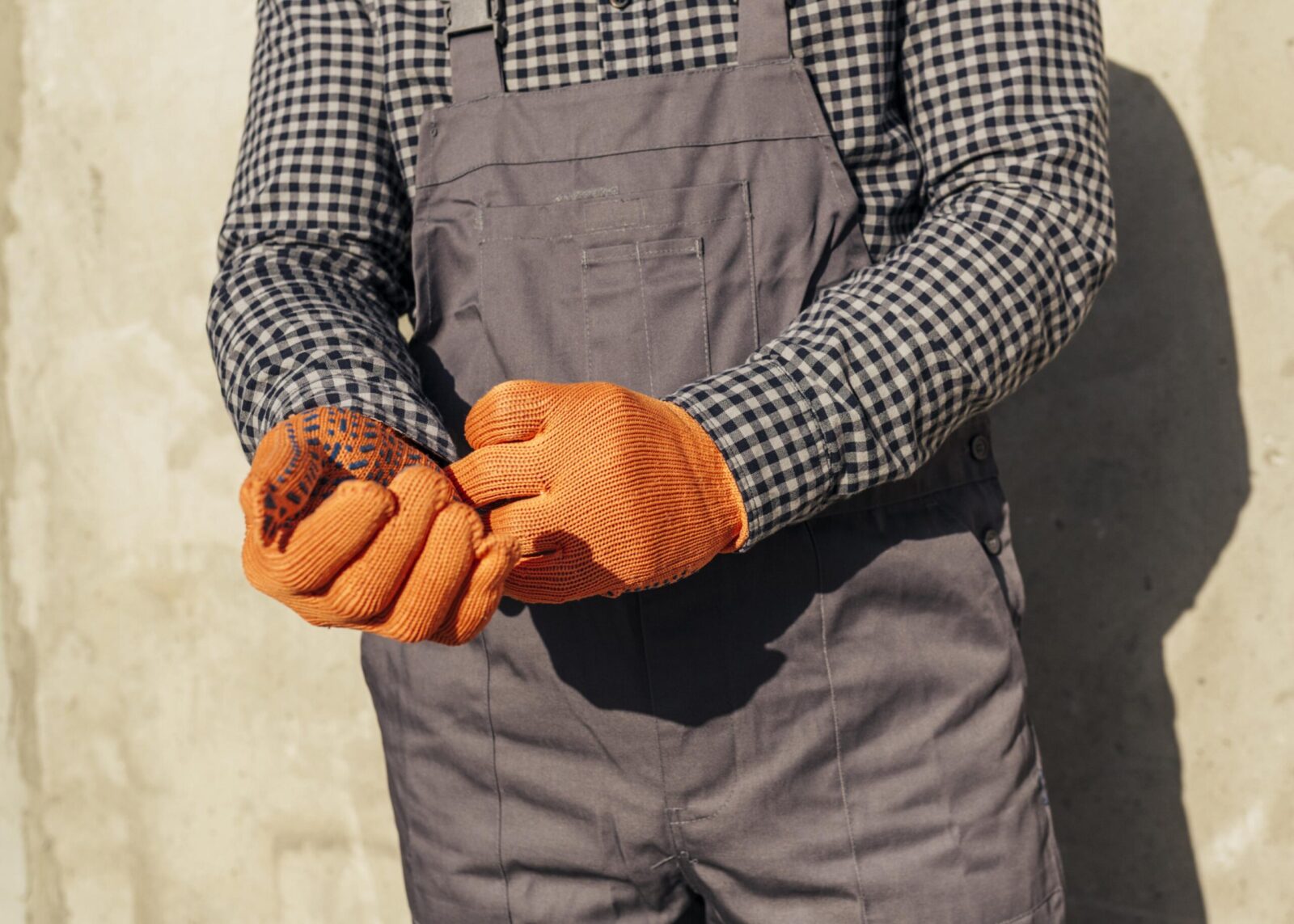
Arc Flash Gloves: Selecting the Right Protection
Choosing the right Arc Flash Gloves is key to ensuring your safety in high-risk environments like electrical maintenance or construction....

Get 20€ off on your first order!
Choosing the right vinyl gloves for healthcare use is essential for maintaining hygiene, ensuring comfort, and enhancing safety. In this comprehensive guide, you will learn how to select the best vinyl gloves for various healthcare applications. With practical insights and clear comparisons, this article ensures you’re fully equipped to make an informed decision. For broader insights into the advantages of vinyl gloves, visit our parent article, Vinyl Gloves: The Affordable Solution for Industrial Safety.
Selecting the right pair of vinyl gloves involves understanding their specific features and how they align with your healthcare needs. Here are the primary factors to consider:
Vinyl gloves come in various thicknesses, typically measured in microns. For healthcare, it’s crucial to choose gloves that balance sensitivity and durability. Examination-grade gloves are a common choice, offering a thickness suitable for routine tasks without compromising touch sensitivity.
Healthcare settings almost exclusively use powder-free gloves to reduce allergic reactions and contamination risks. Powder-free gloves also comply with European regulations for medical-grade gloves.
A proper fit minimizes hand fatigue and improves performance. European glove sizes (measured in millimeters) typically range from Small (6–7) to Extra Large (9–10). Use the chart below to find your ideal size:
| Hand Circumference (mm) | Recommended Size |
| 152-178 mm | Small (6-7) |
| 179-203 mm | Medium (7-8) |
| 204-229 mm | Large (8-9) |
| 230+ mm | Extra Large (9-10) |
For medical use, ensure the gloves are CE-certified and meet the requirements of EN 455 (European standard for medical gloves). This certification guarantees that the gloves are safe and fit for medical applications.
Vinyl gloves are most effective when used properly. Follow these best practices:

Healthcare professionals often compare vinyl gloves with other materials like nitrile and latex. Here’s a quick comparison:
| Feature | Vinyl Gloves | Nitrile Gloves | Latex Gloves |
| Cost | Low | Medium | Medium |
| Allergen Risk | None | None | High (latex protein) |
| Durability | Moderate | High | High |
| Sensitivity | Moderate | High | High |
| Applications | Basic care tasks | High-risk environments | Moderate-risk environments |
Learn more about nitrile gloves in our guide, How to Choose the Right Nitrile Gloves.
Finding reliable suppliers ensures you receive gloves that meet safety and quality standards. Visit our Vinyl Gloves product category to explore a curated selection of top-rated options. You can also explore related categories like Nitrile Gloves and Chemical Resistant Gloves.
For further reading, explore our guides on:
We hope this guide has been helpful in navigating the essential factors for choosing the best vinyl gloves for healthcare. From understanding thickness and certifications to ensuring proper fit, this guide empowers you to make informed choices.
Explore our Vinyl Gloves product category for trusted options from industry-leading brands. Additionally, discover related categories like Nitrile Gloves and Chemical Resistant Gloves to find the perfect solution for your needs.
Have questions or need advice? Don’t hesitate to reach out—we’re here to support your safety and confidence in every healthcare task.
– The Droppe Team
Vinyl gloves are generally not recommended for handling harsh chemicals or hazardous substances. They have moderate chemical resistance but may not provide adequate protection against strong or prolonged chemical exposure. For such tasks, nitrile or chemical-resistant gloves are more suitable.
Vinyl gloves are not biodegradable and are made from polyvinyl chloride (PVC), which can have environmental impacts. If sustainability is a priority, consider exploring alternative materials like biodegradable nitrile gloves or gloves made from plant-based materials.
Store vinyl gloves in a cool, dry place away from direct sunlight and extreme temperatures. Exposure to heat or UV light can degrade the material, reducing its durability and effectiveness.
Yes, many vinyl gloves are food-safe and can be used for food handling tasks in healthcare settings, such as meal preparation for patients. Ensure the gloves meet food safety standards (such as FDA or EU certifications) if this is a requirement.
While vinyl gloves are generally hypoallergenic, some users may experience irritation due to prolonged use or sensitivity to additives in the material. If irritation occurs, switch to an alternative glove material like nitrile or consult with a healthcare professional to identify the cause and find a suitable solution.
Thank you! You've signed up for our newsletter.



















Choosing the right Arc Flash Gloves is key to ensuring your safety in high-risk environments like electrical maintenance or construction....

Choosing the right Rubber Insulating Gloves is essential for safety in electrical work, but with so many options, it can...

Are you looking for the right electrical insulating gloves to ensure your safety? This guide will help you understand the...

Choosing the right Arc Flash Gloves is key to ensuring your safety in high-risk environments like electrical maintenance or construction....

Choosing the right Rubber Insulating Gloves is essential for safety in electrical work, but with so many options, it can...

Are you looking for the right electrical insulating gloves to ensure your safety? This guide will help you understand the...
Get 20€ off on your first order!
Save 30% by buying directly from brands, and get an extra 10€ off orders over €100
Save 30% by buying directly form brands, and get an extra 10€ off orders over €100